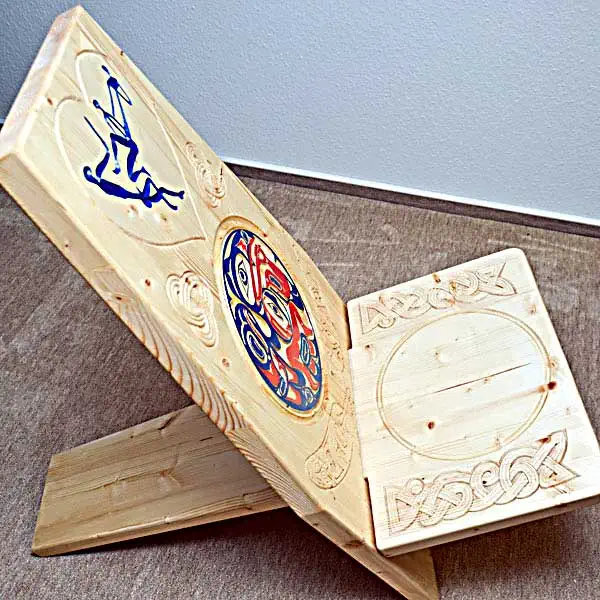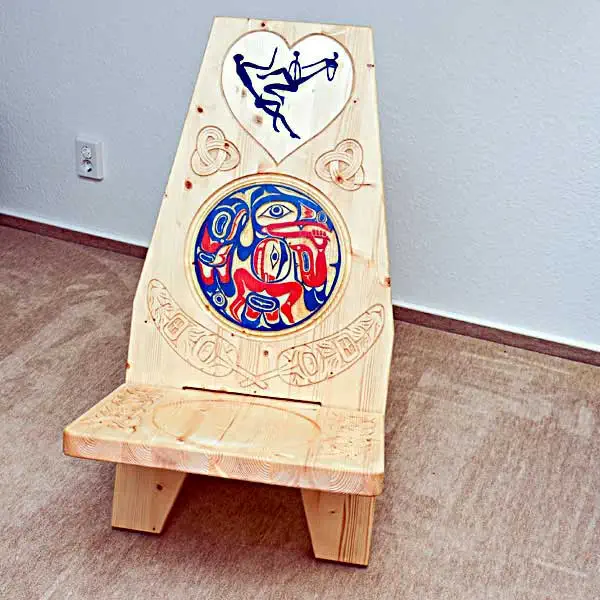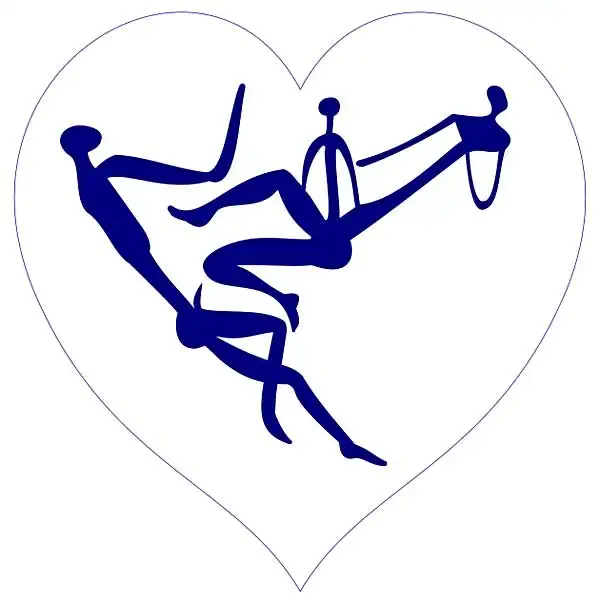 In October 2016 I had the opportunity to take part in a HolzWerken reader seminar run by Bosch and Bessey in Leinfelden. The amount of detailed information about power tools and clamping devices was almost impossible to process! Fortunately, all participants were able to take home extensive catalogs and valuable information material! The highlight of the first day was a tour of the “Bosch Powertools” production facility in Leinfelden. But most participants found day 2 even more exciting. That was when it was time to try things out in practice: each participant had the opportunity to build a simple plug-in chair. Bosch and Bessey also wanted to learn: They watched us closely as we used the different power tools and clamping devices and eagerly noted what we thought was worth praising or criticizing! A win-win situation!
In October 2016 I had the opportunity to take part in a HolzWerken reader seminar run by Bosch and Bessey in Leinfelden. The amount of detailed information about power tools and clamping devices was almost impossible to process! Fortunately, all participants were able to take home extensive catalogs and valuable information material! The highlight of the first day was a tour of the “Bosch Powertools” production facility in Leinfelden. But most participants found day 2 even more exciting. That was when it was time to try things out in practice: each participant had the opportunity to build a simple plug-in chair. Bosch and Bessey also wanted to learn: They watched us closely as we used the different power tools and clamping devices and eagerly noted what we thought was worth praising or criticizing! A win-win situation!
 Your clothes are full of dust and your soul is full of new ideas and motivation. Mr. Duhme - the editor of HolzWerken - helps me to put the two chair parts in the trunk. "Where are you going to put it?" my wife asks when I get back home. Then I remember that we already have a fully furnished apartment! So I carry the two halves of the chair into my hobby cellar. I'm looking online for suggestions on how I could further "upgrade" the chair. I quickly land on pages that show that the two-part chair construction has split an entire craft market scene into two camps: Some would like to spread medieval flair with the simple construction! However, historian purists counter that such chairs were not found in our part of the world in the Middle Ages.
Your clothes are full of dust and your soul is full of new ideas and motivation. Mr. Duhme - the editor of HolzWerken - helps me to put the two chair parts in the trunk. "Where are you going to put it?" my wife asks when I get back home. Then I remember that we already have a fully furnished apartment! So I carry the two halves of the chair into my hobby cellar. I'm looking online for suggestions on how I could further "upgrade" the chair. I quickly land on pages that show that the two-part chair construction has split an entire craft market scene into two camps: Some would like to spread medieval flair with the simple construction! However, historian purists counter that such chairs were not found in our part of the world in the Middle Ages.
 They claim that the historical models are African birth chairs! I don't want to get caught between the opposing sides! But I see the term “birth chair” as a metaphor: After all, I hope to be able to bring as many useful ideas into the world as possible!
They claim that the historical models are African birth chairs! I don't want to get caught between the opposing sides! But I see the term “birth chair” as a metaphor: After all, I hope to be able to bring as many useful ideas into the world as possible!
A friend lends me the book: "Symbols of Africa". Inside I find a cave drawing depicting a birth. Only this motif does not fill the entire back of the chair.
 A motif in the style of the Haida Indians comes to mind again, which I discovered years ago in the Daetz Center. Because of the attractive combination of stencil painting and bas-relief carving, I have wanted to recreate it for a long time. Now the opportunity presented itself. I imported the digital photo that I took at the Daetz Center into the freeware vector drawing program “Inkscape” and traced the contours using Bézier curves. Since I don't have a cutting plotter, I stick two copies of the appropriately scaled drawing on self-adhesive furniture foil and cut out the stencils for the two colors - somewhat laboriously - with a scalpel.
A motif in the style of the Haida Indians comes to mind again, which I discovered years ago in the Daetz Center. Because of the attractive combination of stencil painting and bas-relief carving, I have wanted to recreate it for a long time. Now the opportunity presented itself. I imported the digital photo that I took at the Daetz Center into the freeware vector drawing program “Inkscape” and traced the contours using Bézier curves. Since I don't have a cutting plotter, I stick two copies of the appropriately scaled drawing on self-adhesive furniture foil and cut out the stencils for the two colors - somewhat laboriously - with a scalpel.
 In order to create a clean edge for the circular motif, I build a compass for my router. To make this effort worthwhile, I also mill a circle onto the seat. I then carve and sand the slight inner curve of the seat by hand. I fill the areas between the main motifs with simple braided ribbon ornaments. "Wow!" my wife shouts as I proudly present her the finished chair. “You’re not going to give it away, are you?” When I explain to her that I want to use the chair to generate new ideas, she turns away in disbelief! To prove it, I sit down hopefully and wait for an idea as to how we can integrate the new piece of furniture into our home furnishings.
In order to create a clean edge for the circular motif, I build a compass for my router. To make this effort worthwhile, I also mill a circle onto the seat. I then carve and sand the slight inner curve of the seat by hand. I fill the areas between the main motifs with simple braided ribbon ornaments. "Wow!" my wife shouts as I proudly present her the finished chair. “You’re not going to give it away, are you?” When I explain to her that I want to use the chair to generate new ideas, she turns away in disbelief! To prove it, I sit down hopefully and wait for an idea as to how we can integrate the new piece of furniture into our home furnishings.

